August 9-14, 2015
Douglas and Naco, Arizona / Agua Prieta, Sonora, Mexico
During the second week of August, 2015, students and faculty spent a week together participating in the Border Health Service Learning Institute in the communities of Douglas and Agua Prieta, and the the Naco, Arizona/Naco, Sonora region. This is a week long intensive border immersion experience with masters and doctoral students, faculty and community partners, where we work together connect the dots between migration, health, and economic development and identify opportunities for advocacy to improve the quality of life in border communities.
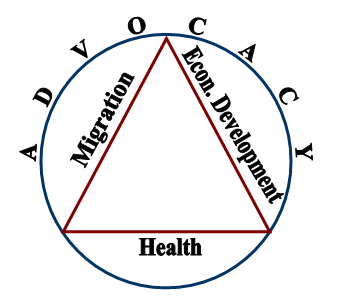
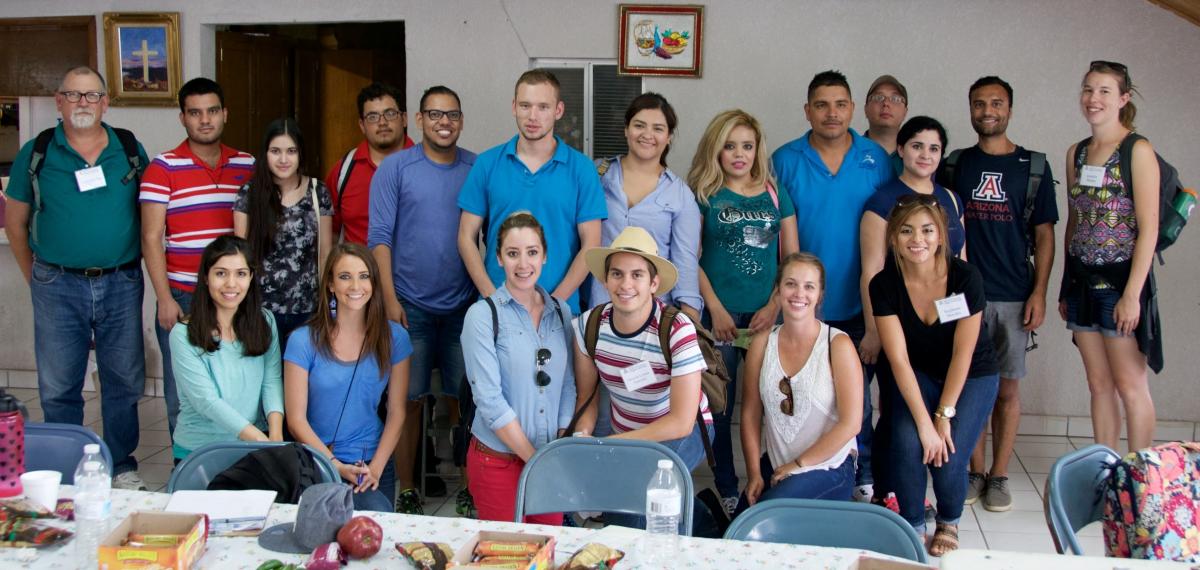
We participated in extensive activities, including health fairs, immunization campaigns, chronic disease collaboration, community gardening, community presentations, and community surveys. This was accomplished in collaboration with many community partners including:
- the Arizona Department of Health Services, Office of Border Health
- the Cochise County Health and Social Services Department,
- the Secretaria de Salud en Agua Prieta,
- the Naco Wellness Initiative
- Café Justo,
- Chiricahua Community Health Center,
- Cochise Regional Hospital,http://fronteradecristo.org/
- Center for Drug and Alcohol Rehabilitation and Recuperation (CRREDA),
- the Douglas Border Patrol Station,
- DouglaPrieta Works,
- Frontera de Cristo,
- the Mexican Consulate,
- Migrant Resource Center,
- SEAHEC Healthy Farms Initiative, and
- US Customs and Border Patrol.
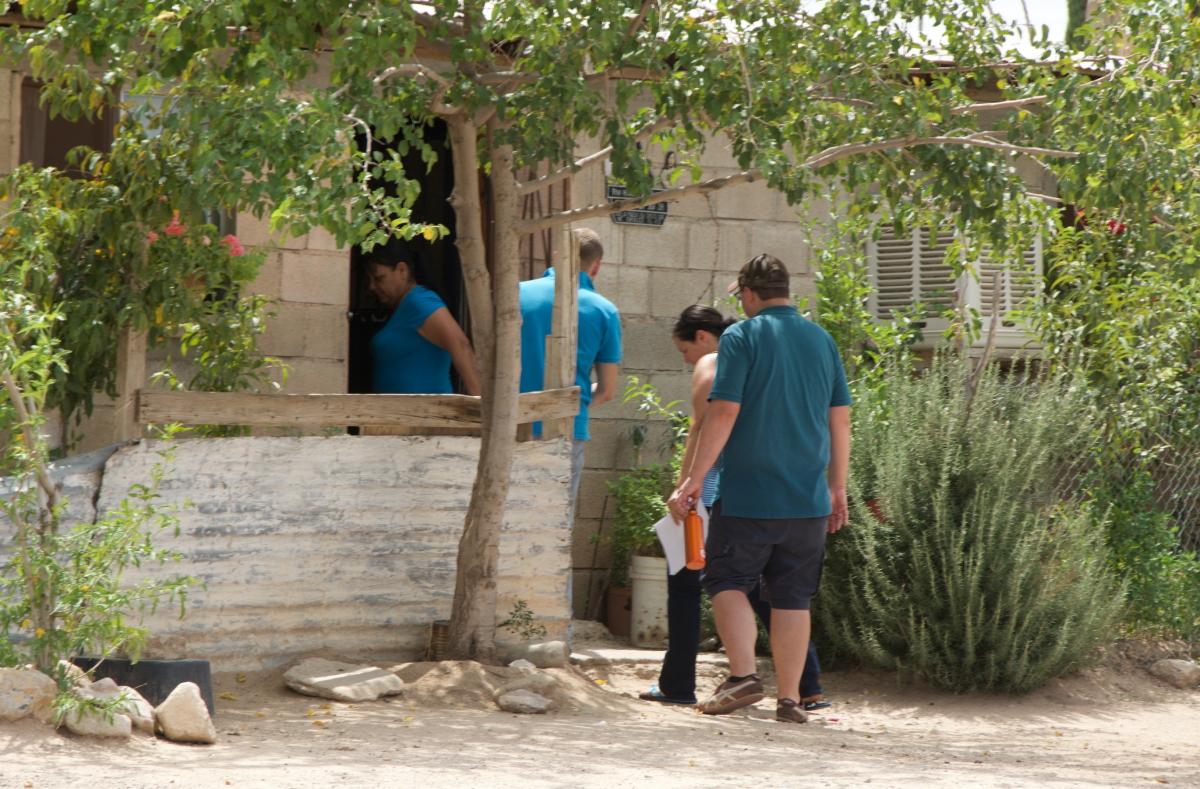
Our collaboration with Frontera de Cristo was critical to helping our students and faculty understand the historical roots that have resulted in the interconnections of migration, health, and economic development. As students and faculty traveled the length of the border wall in the Douglas/Agua Prieta area they could visualize the history of the region and the strong connections of community that continue to persist in spite of policies and actions which have attempted to separate the region into two distinct areas. Our discussions with the Border Patrol both formally and informally provided the context for deeper discussions of human rights issues and our visits to CRREDA and Café Justo provided a strong picture of the web of non-governmental organizations that are part of the overall community assets strongly supported by Frontera Cristo.
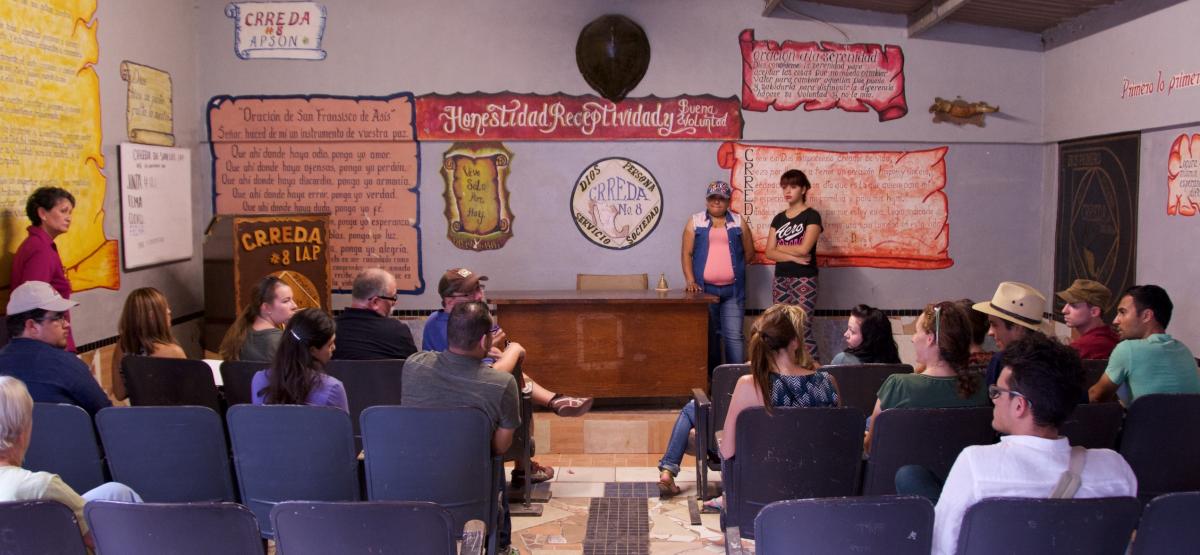
Our students also partnered with a number of organizations that provide the frontline services for prevention in our border communities. We collaborated with Cochise County Health and Social Services to conduct a survey in Naco, Arizona to better understand local issues surrounding access to health care and prevention services. The students completed about 50 interviews and provided a summary of the data to be utilized by the County in planning to serve the Naco, Arizona community. In Naco, Sonora we worked with a new Partner, the Naco Wellness Initiative. This binational non-governmental organization, focuses on improving access to health care and increasing prevention programs throughout the community. Our students partnered in the development of a community garden as part of the gardening program and participated in an afternoon community event focusing on healthy lifestyles. Our collaboration with the Secretaria de Salud in Sonora included visits with their immunization programs, TB control programs and chronic disease programs. Students discussed the issues of access to care and prevention programs first-hand with health providers and community residents in Agua Prieta.
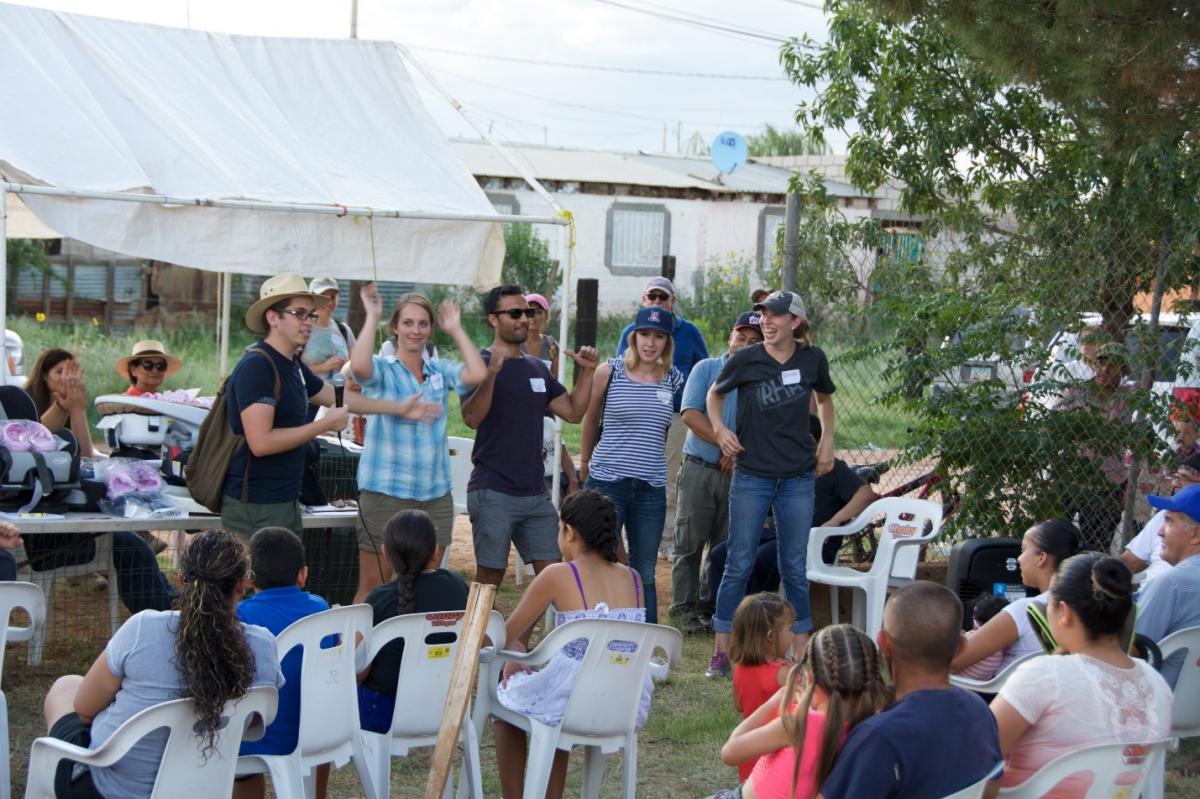
Our partnership with Nueva Esperanza Community Center provided the opportunity for our students to collaborate with local students from academic institutions in Sonora to conduct a census in the Progreso Colonia regarding training needs and interests of the residents. Student teams conducted over 100 household interviews with local residents providing both the window to hear from local residents about their issues and concerns as well as to get to know students from academic institutions in Sonora who are working to improve the health and wellbeing of their community We finished the day with a beautiful community dinner sponsored by CRREDA, Café Justo, Frontera de Cristo and Southeast Arizona Area Health Education Center. As the evening came to a close and we consumed a delicious meal of carne asada with all the typical trimmings from Sonora, we also enjoyed a talent show including music, poetry, the history of the region, and even public health messages. The final reflection of our students the next day clearly showed how much they have been impacted by all these experiences.
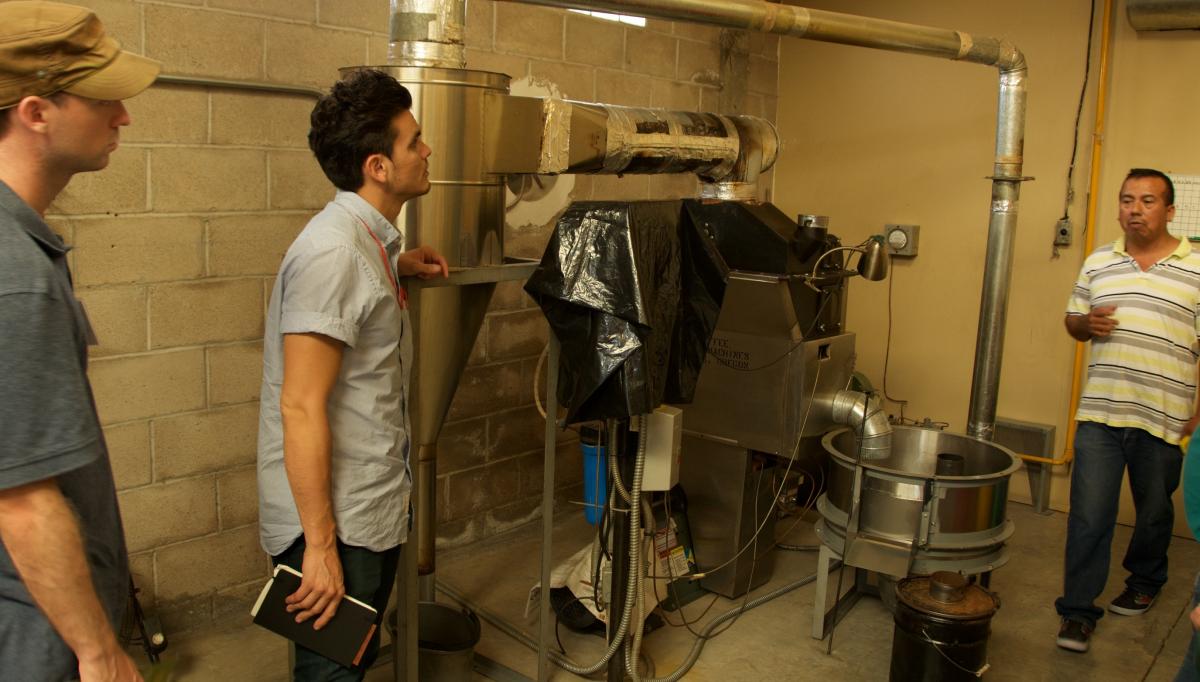
As students and faculty in the College of Public Health we strive to engage with communities to strengthen community assets and eliminate health disparities. Our collaboration with Frontera de Cristo and all of our other community partners is fundamental to assisting our students in finding the role that they can play as public health professionals in strengthening our border region. It is the real life experiences of that week that has provided the foundation for them to grow and serve as public health advocates for the region.
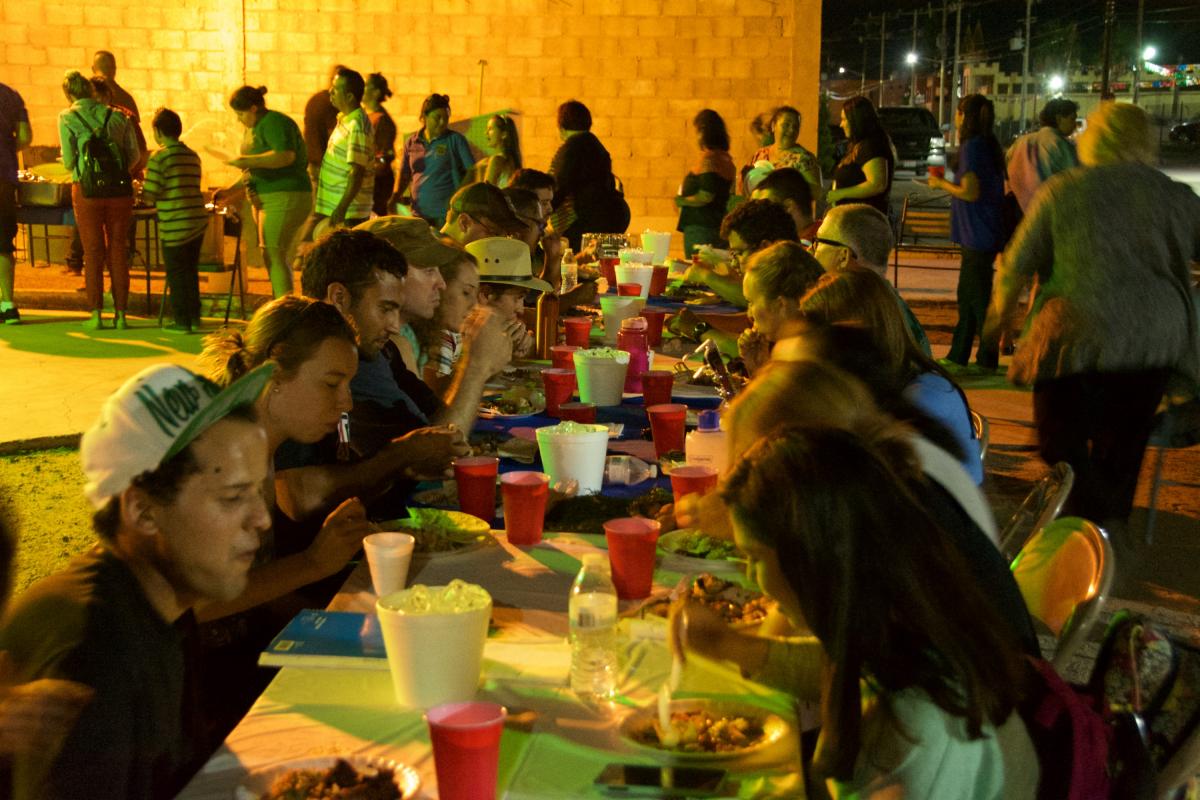
Here are some of our students' reflections:
“Perhaps the key is to stop blaming one side or the other, realize that our problems are intertwined, deeply connected and dependent on each other for survival and start showing the “other” that there is strength in collaboration and we have the common goals of survival and a meaningful fulfilled life.” Kate Chisholm
“Being raised in the border of Ciudad Juarez/El Paso, I never experienced the border like I did today. Seeing it with a different lens and actually placing myself in the shoes of those immigrants who have crossed the Douglas/Agua Prieta border was heartfelt. No matter the politics that have been in place in America, thing at the border will not change. The media portrayal on border issues will not provide the accurate life of citizens of the border. When Mark made us stand and take the role of the border patrol to prohibit our own classmates to enter, it was only a small depiction of the reality on both sides of the 20 foot wall.” Omar Contreras
“The border itself is horrifying: a 20 foot tall, rusty transparent, geometrically fascinating monument of symbolic violence and entrenched, militarized fear and hate-based policies…it puts you directly in touch with one of the most normalized and desensitized civil rights violations of our times.” James Romine
“Today we traveled back to Agua Prieta where we helped to administer surveys for the Centro Comuniario, Uneva Esperanza. One of the most fascinating things of today was getting to know unversity students from Agua Prieta. Just like us, they were passionate to determine the needs and assets of their communities.” Omar Contreras
"As I reflect on the many meaningful experiences that I participated in during the week, I keep returning to Frontera de Cristo as being the most memorable. Having the opportunity to visit the border fence and learn about the history of the border from Mark [Adams] was incredible. Prior to this experience, I had just read about the border fence from afar. Physically seeing the border fence made me realize how wrong I was about issues relating to the border. Unfortunately, my viewpoint prior to this class was that the fence worked to keep me safe from people who wanted to harm me. I attribute this belief from watching the news and reading popular media on the topic. After visiting the cities on both sides of the fence and talking to individuals, I realized that regardless of which side of the fence we are on, we are all humans." Raj Travis Lodhia








